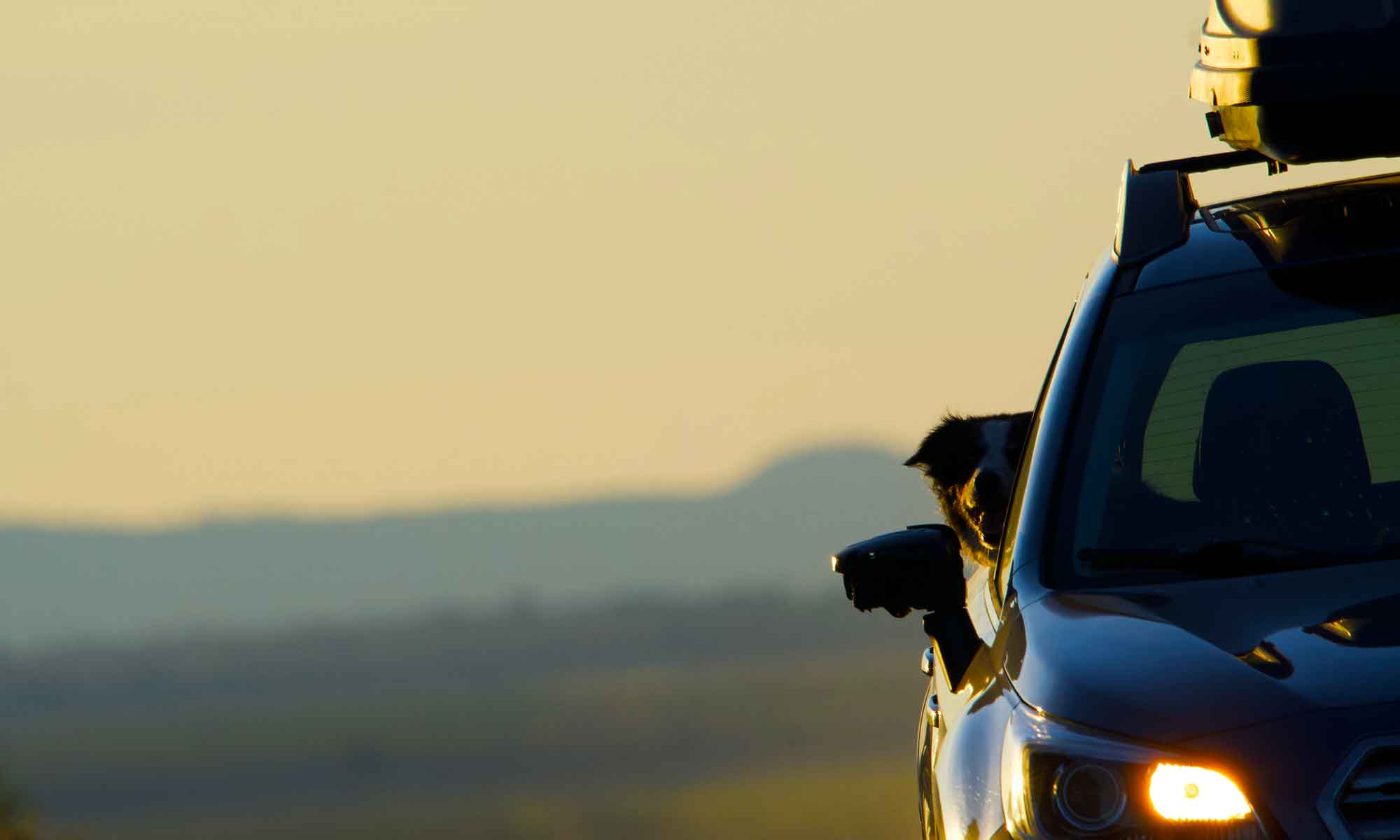Fresh produce, fruits and vegetables, make up a major part of our diet. No shopping trip is over until the produce is rinsed, because along with dirt and general produce department grime, even the stuff marked organic might still hold trace chemical residue. We’ve discovered a simple method to ensure a clean rinse on all the raw fruit and vegetables going into our next meal.
Citrus essential oil, vinegar and water make up the initial bath, you then rinse with water and give veggies a quick spin. Finally, we pack everything in “Debbie Meyer’s” green bags to get a longer fridge life.

Essential Oil Fruit and Vegetable Wash
Ingredients
- 1 quart filtered water
- 2 tbsp white vinegar
- 2 drops Lemon essential oil Use citrus essential oil of your choice.
Instructions
- Combine all ingredients in bowl.
- Place produce in cleansing bath and let sit for approximately 5 minutes.
- Slightly agitate veggies to help knock loose any dirt clods and debris.
- Rinse produce well in colander.
- Dry. (We use a veggie spinner.)
- Place clean produce in green bag or container. (Debbie Meyer GreenBags)
Notes









 Northwest of Bend, a man-made lake occupies a space made up of igneous rock, once cut into by three rivers. This is where the Metolius and Crooked join the Deschutes river. The waters of Billy Chinook draw hundreds of power boaters from May to November, however in the winter months, the canyon walls are quieter and we can indulge our geological interests in relative peace.
Northwest of Bend, a man-made lake occupies a space made up of igneous rock, once cut into by three rivers. This is where the Metolius and Crooked join the Deschutes river. The waters of Billy Chinook draw hundreds of power boaters from May to November, however in the winter months, the canyon walls are quieter and we can indulge our geological interests in relative peace.




 With an outlook for sun and no snow storms, we headed northeast to take a couple of days and do some birding along the Columbia River flyway. There have been a lot of day trips to nearby hiking sites, but a bit of cabin fever and the prospect of seeing a wide variety of migratory birds drew us to Boardman and the Umatilla National Wildlife Refuge. Fifteen hundred of the 23 thousand acre reserve is irrigated crop lands providing cover and food for the waterfowl and raptors.
With an outlook for sun and no snow storms, we headed northeast to take a couple of days and do some birding along the Columbia River flyway. There have been a lot of day trips to nearby hiking sites, but a bit of cabin fever and the prospect of seeing a wide variety of migratory birds drew us to Boardman and the Umatilla National Wildlife Refuge. Fifteen hundred of the 23 thousand acre reserve is irrigated crop lands providing cover and food for the waterfowl and raptors. Highway 97, north of Grass Valley and almost to Biggs, was covered in freezing fog that left a beautiful covering of rime frost on everything. The ODOT trucks had been through with de-icer so roads were drivable and we enjoyed the photo ops the eerie scenery offered.
Highway 97, north of Grass Valley and almost to Biggs, was covered in freezing fog that left a beautiful covering of rime frost on everything. The ODOT trucks had been through with de-icer so roads were drivable and we enjoyed the photo ops the eerie scenery offered.










